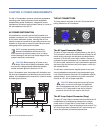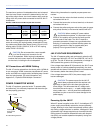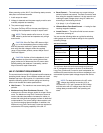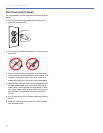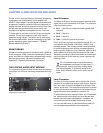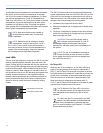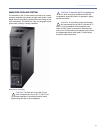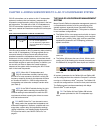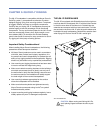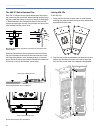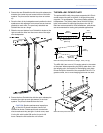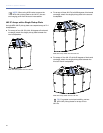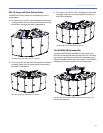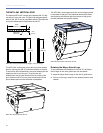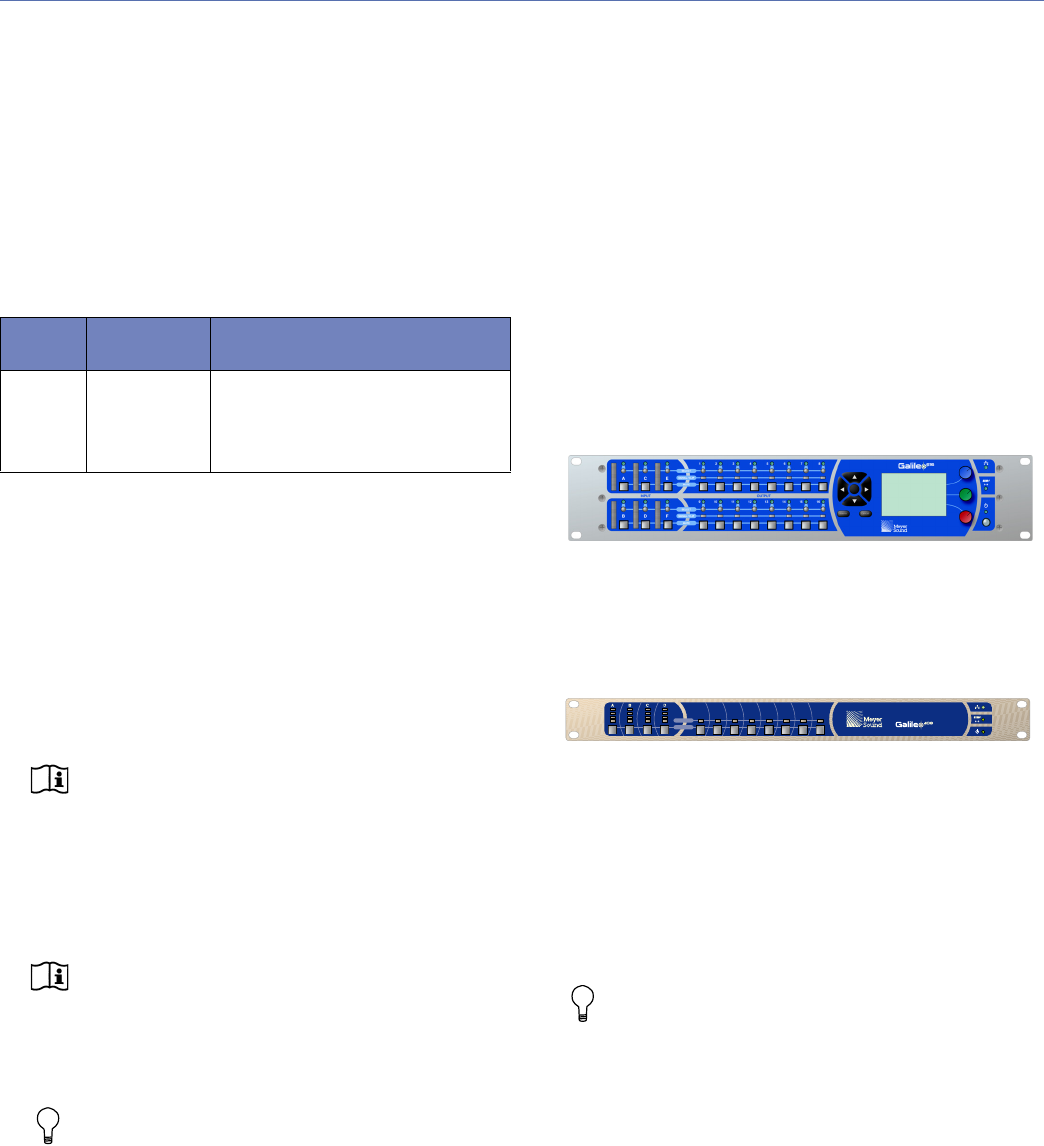
17
CHAPTER 4: ADDING SUBWOOFERS TO A JM-1P LOUDSPEAKER SYSTEM
700-HP subwoofers can be added to JM-1P loudspeaker
systems to enhance the low-frequency response and
increase the overall acoustic power of the system in the low-
est frequencies. The ideal ratio of JM-1P loudspeakers to
700-HP subwoofers depends on the frequency content of
the source material and headroom required for low frequen-
cies.
700-HPs can be added to JM-1P systems by daisy-chaining
them to JM-1P loudspeakers. Full-range signals can be
connected directly to Meyer Sound self-powered loud-
speakers because the loudspeakers have built-in active
crossovers. In more complex systems, subwoofers should
be integrated using line drivers or digital signal processor to
send multiple outputs to each sub-system. In addition, you
can use low-cut filters to flatten the overall frequency
response of the system while increasing the JM-1P head-
room in the lower frequencies.
NOTE: When JM-1P loudspeakers and
700-HP subwoofers are daisy-chained using
the JM-1P’s Loop connector, the result is a fairly flat
frequency response. However, the response will show
an increase in the 60 Hz – 200 Hz range where the
loudspeaker and subwoofer overlap at certain ratios
(see Table 2).
NOTE: If the 700-HP exhibits limiting (its Limit
LED lights) before reaching the required SPL,
consider adding more subwoofers to meet the SPL
requirements without exposing the drivers to exces-
sive heat and excursion.
TIP: MAPP Online Pro™ can be used to accu-
rately predict the appropriate loudspeaker and
subwoofer integration in systems, complete with cov-
erage data, system delay and equalization settings,
rigging information, and detailed design illustrations.
For more information, see “MAPP Online Pro” on
page 31.
THE GALILEO LOUDSPEAKER MANAGEMENT
SYSTEM
Meyer Sound’s Galileo
®
loudspeaker management system is
a comprehensive solution for driving and aligning loud-
speaker systems, especially those comprised of Meyer
Sound self-powered loudspeakers. The system is available
in two hardware configurations:
The Galileo 616 is a two-space rack unit with six inputs
and 16 low-latency outputs. Processing for the outputs
includes gain, polarity, delay, high- and low-pass filters,
equalization (parametric and TruShaping), and atmo-
spheric correction.
The Galileo 408 shares the same 24-bit, 96 kHz audio
quality and 32-bit floating point internal processing as
the Galileo 616, though with fewer inputs and outputs.
All system parameters for the Galileo 616 and Galileo 408
can be configured from the extensive Compass™ software
running on a Windows or Mac
®
computer. The Galileo 616
can also be configured from its intuitive front panel controls.
The Galileo system interfaces seamlessly with Meyer
Sound’s SIM
®
3 audio analyzer.
TIP: The Galileo 616 and Galileo 408 include
presets optimized for JM-1P loudspeaker sys-
tems.
Table 2: Recommended Ratio of JM-1Ps to Subwoofers
Sub-
woofer
Frequency
Response
Recommended Ratio
(Number of JM-1Ps per Subwoofer)
700-HP 30 Hz – 125 Hz
±4 dB
2 x 1 for normal applications
3 x 2 for bass-heavy applications
requiring additional low-frequency
headroom
Galileo 616
Galileo 408
INPUT OUTPUT
12345678
SIGNAL / CLIP
MUTE



